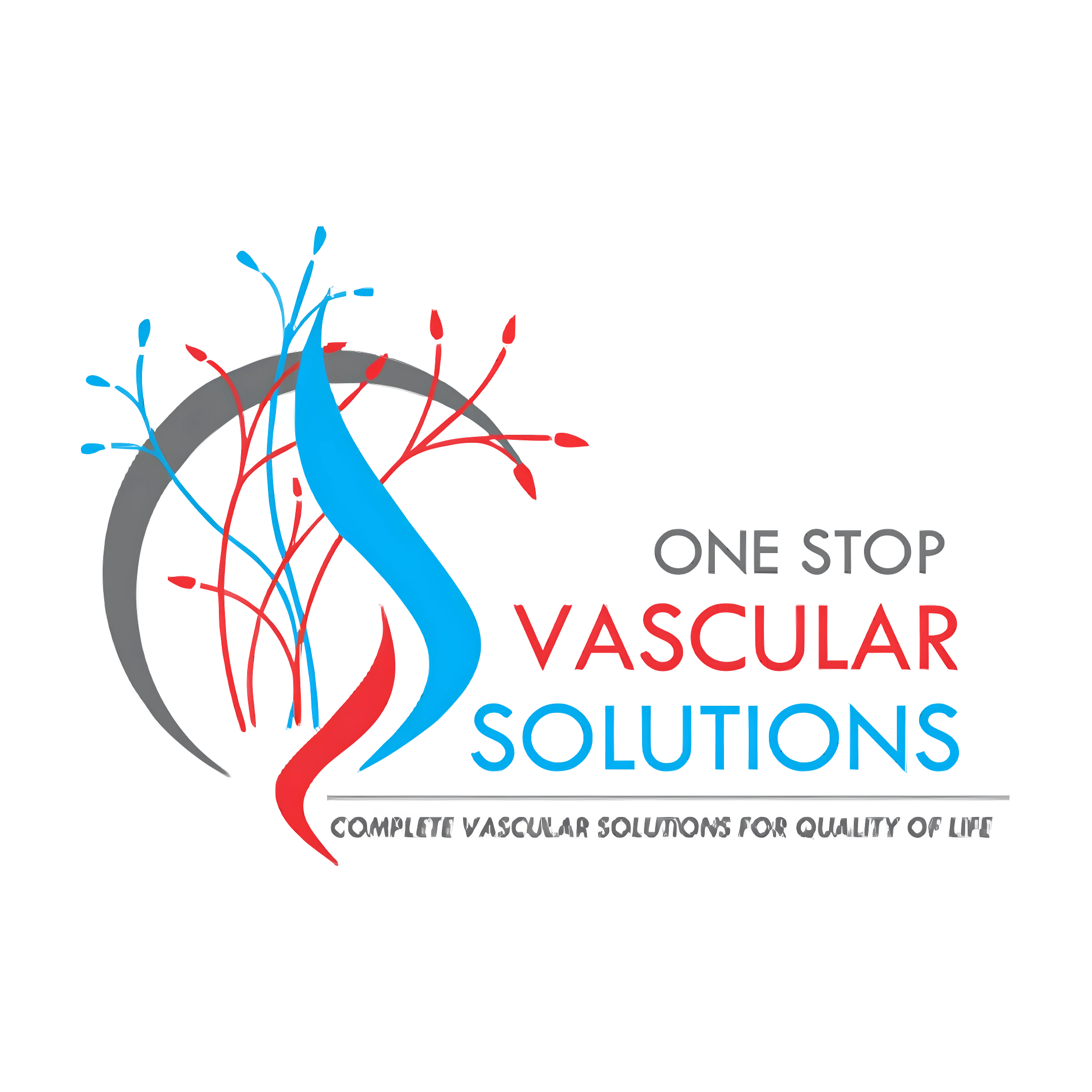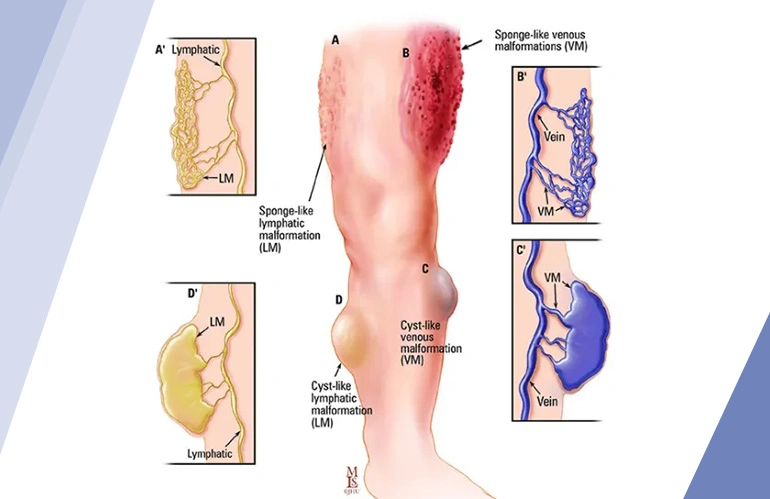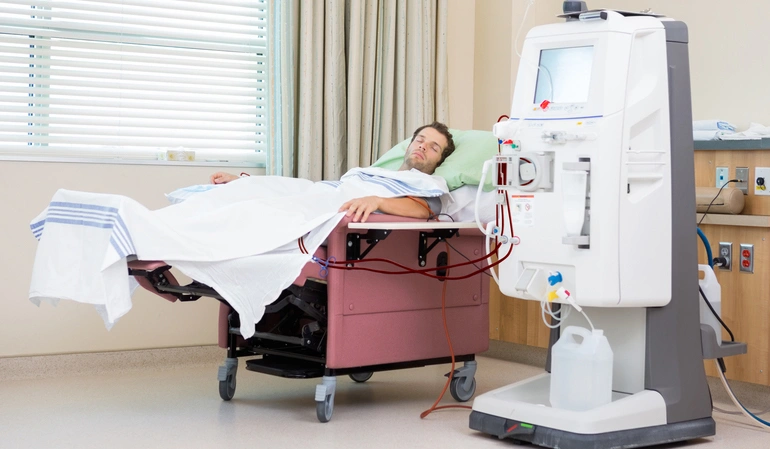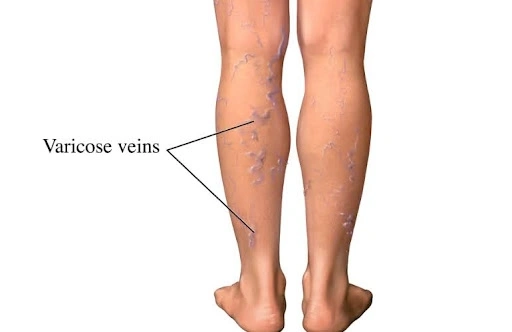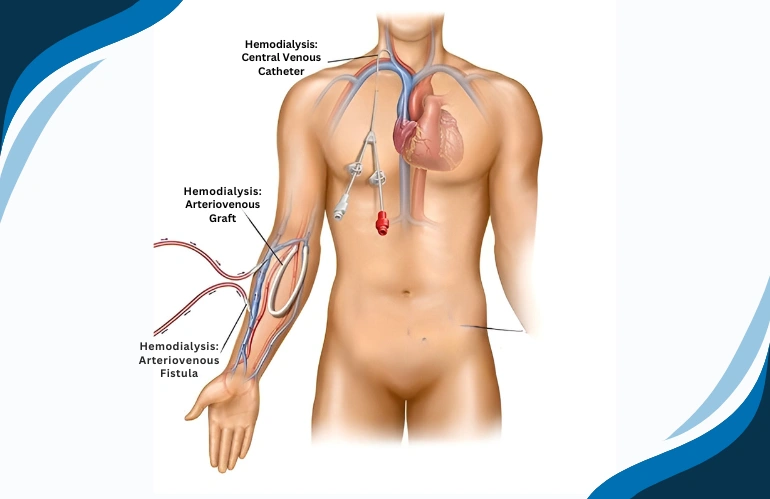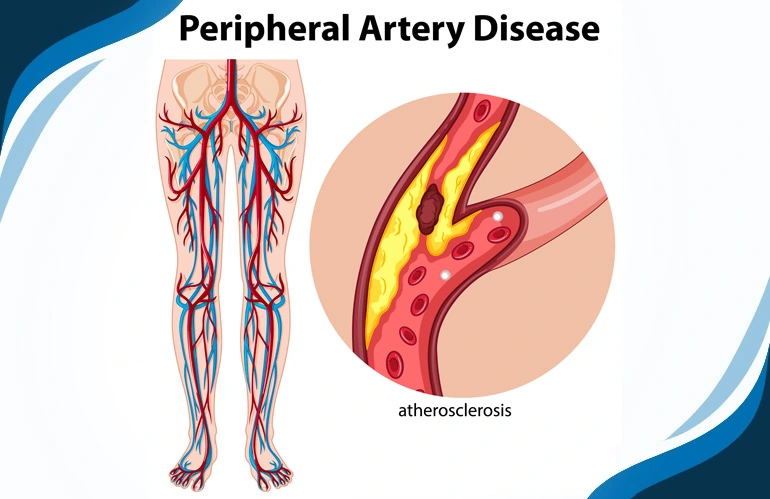Aortic Aneurysms
Aortic aneurysms are serious medical conditions characterised by a bulge or enlargement in the wall of the aorta, the largest artery in the body. Left untreated, aortic aneurysms can lead to life-threatening complications such as rupture or dissection. In this article, we will explore the causes, symptoms, risk factors, and treatment options for aortic aneurysms, emphasising the importance of seeking prompt care from a reputable vascular hospital like One Stop Vascular Solutions in Hyderabad.
.webp)
What is an Aortic Aneurysm?
An aortic aneurysm occurs when the walls of the aorta weaken and bulge outward, forming a sac-like structure. This bulge can occur in different segments of the aorta:
Causes and Risk Factors
The exact cause of aortic aneurysms is often unknown, but several factors may contribute to their development:
- Atherosclerosis: Buildup of plaque in the arteries, which can weaken the walls of the aorta.
- Genetic Factors : Family history of aortic aneurysms or connective tissue disorders such as Marfan syndrome or Ehlers-Danlos syndrome.
- High Blood Pressure: Chronic hypertension can increase the risk of aortic aneurysms.
- Smoking: Tobacco use is a significant risk factor for developing aortic aneurysms.
- Age: Aortic aneurysms are more common in older adults.
Symptoms
Aortic aneurysms often develop slowly over time and may not cause symptoms until they become large or rupture. Symptoms may include:
- Abdominal or Back Pain: Persistent or severe pain in the abdomen, back, or chest.
- Pulsating Mass: Feeling a pulsating sensation in the abdomen.
- Shortness of Breath: Difficulty breathing, especially if the aneurysm is pressing on the lungs or airways.
- Hoarseness:Changes in voice quality if the aneurysm affects the nerves that control the vocal cords.
- Symptoms of Rupture: Sudden and severe pain, dizziness, rapid heart rate, and loss of consciousness.
